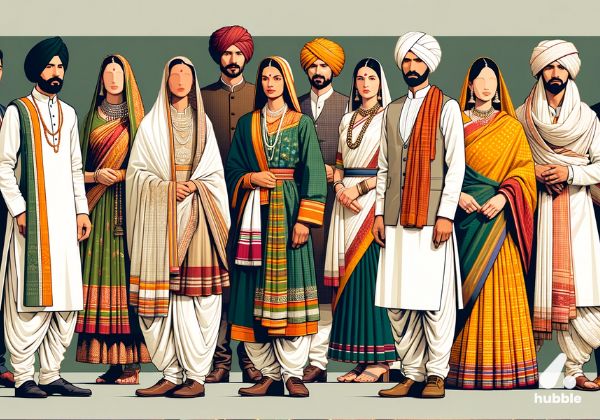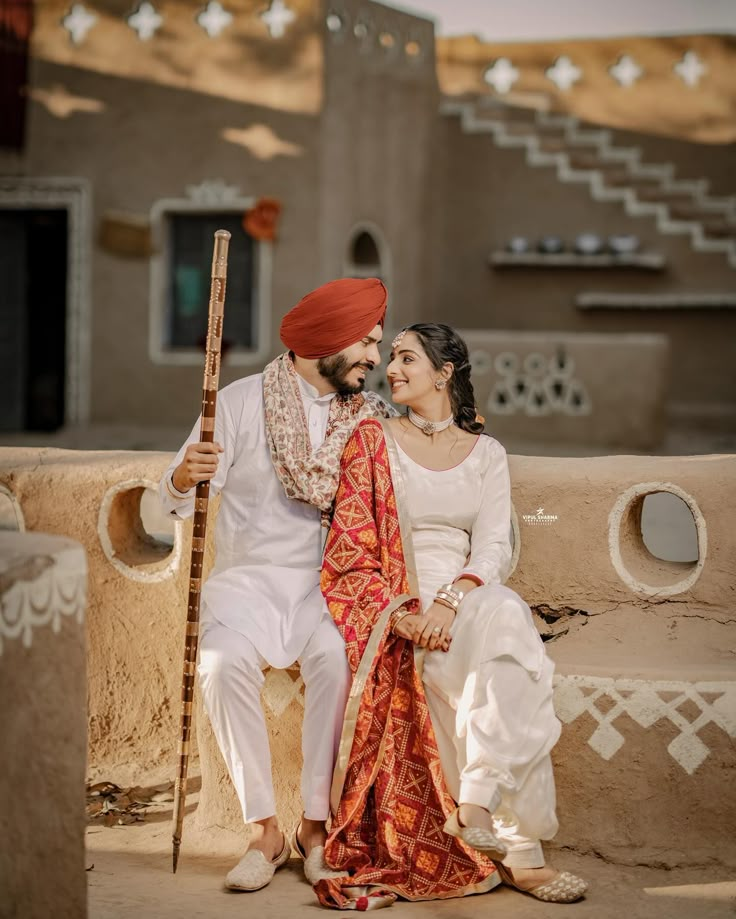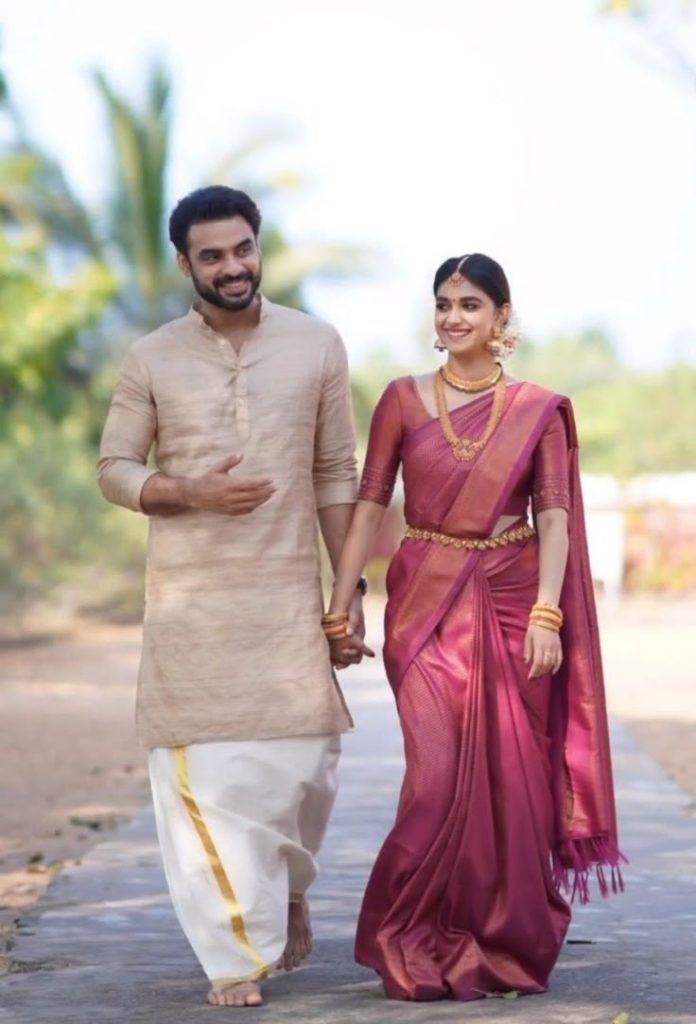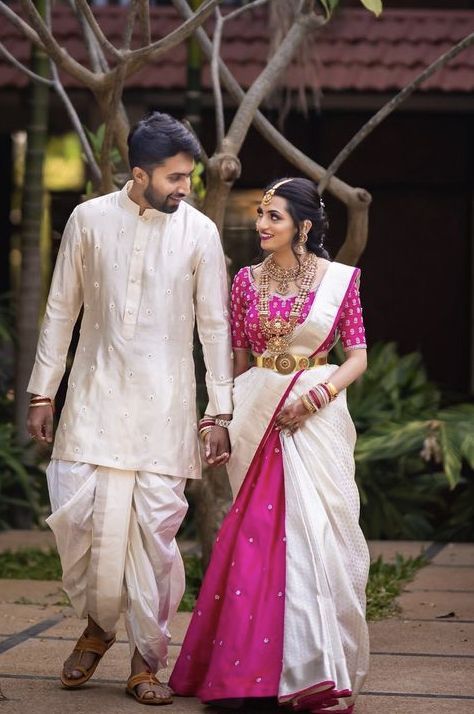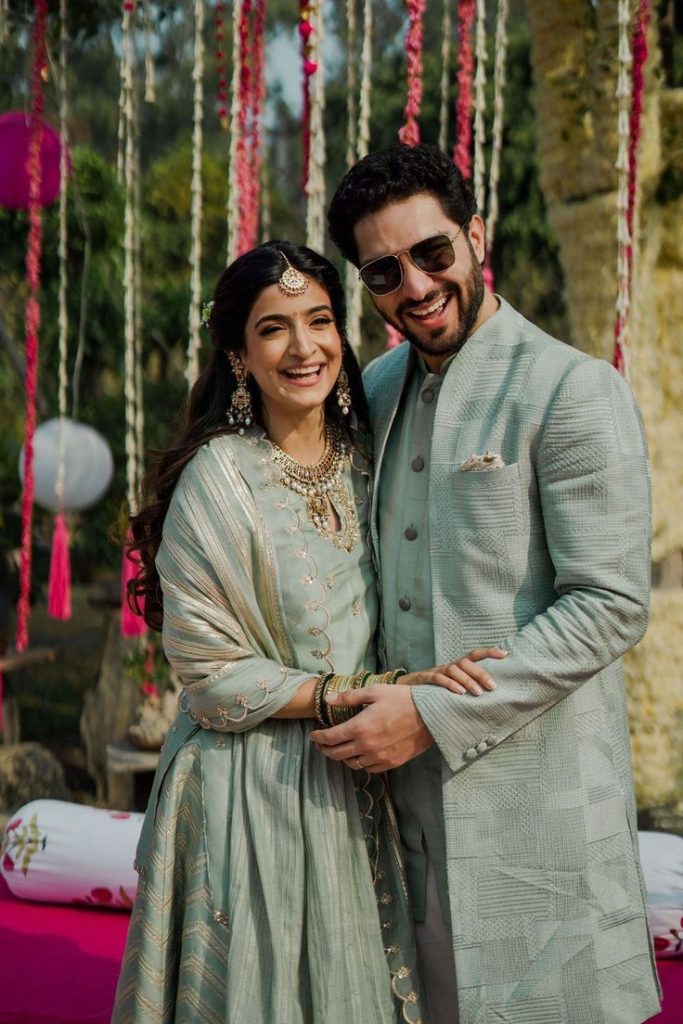Do you know that your lehenga look can be taken to the next level for any event by these 17 dupatta draping ways? Every style is a good thing for you to do experiments with, and can perfectly fit the various dupatta fabrics, like those ranging from the transparent ones to the heavily ornamented ones. Your drape can look more individual if you make use of the pins, belts, and some other accessories. Whether you are a fan of classic simplicity or modernity, there is always a style to match your mood and event. By all means, practice these styles that work best for you, and then you can be sure to let your lehenga ensemble shine with confidence and grace.
The article gives a brief look at the traditional wears of India and its states, which are an epitome of culture and history. The outfits of each state reveal the special place of men and women, the blend of history, workmanship, and regional aesthetics. From intricate weaves to bold colors, these dresses are worn for festivals, weddings, and daily life. The article is a guide to the top 10 traditional dresses from Indian states, introducing them with all the wisdom and grace. With this information, we should be ready to savor the unique fashion of India.
1. Rajasthan: Lehenga Choli and Dhoti Kurta
Rajasthan is proud of its traditional attire, which is both exquisite and vibrant. The wholesale Lehenga Choli is a two-piece outfit consisting of a long skirt (lehenga) and a tight-fitting top (choli), which is often embroidered or mirrored. People wear these dresses to many events, like weddings and Diwali. Men also wear a Kurta, which is a shirt, together with a Dhoti, which is a loincloth. The addition of a turban is occasional. Rajasthan’s unique way of dressing, which includes bright fabrics like Bandhani tie-dye, comes from the state’s royal history. These clothes are great for the desert because they are both very comfy and very stylish.
2. Kurta Pajama and Salwar Kameez in Punjab
The traditional clothing in Punjab is colorful, practical, bright, and comfortable. The Salwar Kameez with a dupatta is the attire of women in this state. It includes a tunic (kameez) with loose pants (salwar) and a dupatta (scarf), and is mostly worn in bright colors and with Phulkari embroidery. This dress is perfect for casual days, but also can be a great choice for the day of celebrations like Baisakhi. Men, on the other hand, wear the Kurta Pajama, a long tunic with straight pants. Also, it is common for men to wear the turban when they are at weddings if they go for this outfit. Simplicity and comfort are the characteristics of the outfits that make them ageless. The attire of Punjab is a mirror of its cheerful and dynamic culture.
3. Gujarat: Chaniya Choli and Kediyu Dhoti
During the Navratri festival, in the most popular place, we are lucky to see the traditional costumes of Gujarat. Chaniya Choli is a set of a highly flared skirt (chaniya) paired with a blouse (choli) and a dupatta, which is mostly of pure cotton, shining with Zari, or with mirrors, beads, and shells. The multi-colored designs of the clothes form a happy picture while the dancers perform Garba and Dandiya with their beautiful moves. Kediyu Dhoti – a trend where men wear a type of short tunic (kediyu) combined with a piece of draped dhoti – is in the traditional pure color or bright colors. Thus, the fabric used for the clothes is always breezy and suitable for the weather in Gujarat. The indicated garments – Chaniya Choli and Kediyu Dhoti present the essence of Gujarat’s traditional attire of vivid colors and art.
4. Tamil Nadu: Saree and Veshti
Today’s traditional dresses of Tamil Nadu meet the twin criteria of being classic and forever contemporary. The saree is the staple of the female wardrobe in Tamil Nadu, being long and made from Kanjivaram silk with a gold border. It is also the most suitable dress for celebrations and social functions. The patterns of the sarees reflect the artistry of weavers from the far south of the country. But, in this case, the men select the Veshti, a garment of white or crème dhoti with a shirt or angavastram, constructing a complete outfit. These are the clothes of the day when the sun is not shining too brightly and the temperature is quite hot. The costumes don’t just indicate that Tamil people are heirs of an extremely rich heritage of religion and culture. They are decisively so.
5. West Bengal: Saree and Dhoti Kurta
When people discuss West Bengal’s tradition, words like elegance and artistry always pop up. The Saree, especially Tant or Jamdani, is the most famous drapes worn by Bengali women due to their light fabric and delicate designs. These sarees are perfect for the occasion of Durga Puja as well as for everyday wear. Dhoti Kurta is the traditional outfit of men that stands for the attire that includes a draped dhoti-style pant with a decorated kurta, generally in white or pastel shades, on the occasion of festivals, to signify the literature or culture of Bengal. Apart from being mild, the clothes are traditional with a tint of sophistication.
6. Maharashtra: Nauvari Saree and Dhoti Kurta
Maharashtra’s traditional attire is a combination of beauty and the convenience of the residents’ movements. Nauvari (Nine-yard saree) is worn in the form of a dhoti by women of Maharashtra. This allows freedom of movement, especially while participating in the Ganesh Chaturthi festival. The saree’s vibrant colors and Paithani weaves are splendid. The male folks are wearing Dhoti Kurta, with a dhoti and a kurta or a bandhgala jacket for the official event. The clothes are a reflection of the Maratha heritage of Maharashtra. They are both fashionable and occupational and further embody the state’s electric spirit.
7. Kashmir: Pheran and Salwar Kameez
When it comes to the traditional dress of Kashmir, it has been made to be protected from the chilly weather there. The Pheran that Kashmiri women wear is known for its embroidery, that is quite long and loose, and it generally comes with a Salwar Kameez and you can also buy in wholesale drees material from best site that can be worn underneath to provide additional warmth. This type of embroidery is referred to as Tilla embroidery. The Pheran, which is a tunic made of woolen fabrics, is also the preferred clothing for men, and they usually wear churidar or straight pants with it, along with a cap. These dresses are warm and fashionable and perfect for the freezing, snowy winters. The clothes are a pure reflection of Kashmir’s tranquil beauty and the craftsmanship of the place.
8. Assam: Mekhela Chador and Dhoti Kurta
Women’s apparel in Assam mostly represents its simplicity and grace. The two-piece wear with a skirt (mekhela) and a draped shawl (chador) is known as Mekhela Chador. This attire is often titled Bihu while the festival is on. The most common dress for men is the Dhoti Kurta, where the dhoti is white. They wear the kurta with Assamese traditions. As it is the season of summer and the temperature is boiling, the lightweight fabrics are suitable for the state of Assam. Through its outfits, Assam displays its richness in the weaving industry and best modern trendy hairstyle for saree.
9. Kerala: Mundum Neriyathum and Mundu
The traditional dresses of Kerala are elegant and yet not too grand. The two pieces of a saree worn by women referred to as Mundum Neriyathum have a white or cream-colored background with golden borders and are generally worn on Onam or the time of marriage. The purity of it is what gives the outfit its majority of its glory. However, it is not only the women who show their love for the tradition of Kerala through wearing traditional ethnic costumes. Men also have a role to play. For their part, they use the Mundu, a white dhoti, with a shirt or jubba (tunic) as the upper garment during formal occasions. The cotton is not only comfortable and breathable but also suitable for the weather in Kerala. The costumes have a reflection of the state’s strong feelings for modest hues and practices.
10. Uttar Pradesh: Anarkali Suit and Kurta Pajama
The traditional clothes in Uttar Pradesh encompass the royal color in a plethora of versatility. One of the most fascinating attires that women wear in Uttar Pradesh is the Anarkali Suit, a long frock-type of dress with flares matched with pants and usually embroidered in Chikankari art, It is largely used on wedding days and other occasions where the day is important. The flaring spiral movement of it makes the outfit timeless. There is no doubt that men also have a specific mode of clothing to add to. In his case, the Kurta Pajama is a combination of a shirt whose lower part is a trouser matching in a straight way, sometimes a sherwani covers the whole outfit when fit for a proper event. The detailed craftsmanship gives an unmistakable signal of referencing the Mughal roots of UP. The outfits of Kurta Pajama and Anarkali Suit reconfirm the great combination of Lavishness and Comfort in the grand state of cultural and religious diversity, which is Uttar Pradesh.
Conclusion
India’s native dresses showcase the nation’s diverse heritage, with every state contributing unique dressing styles for both men and women. Among the many, Chandni Chowk Street in Delhi has brilliantly glowing lights, and it is overloaded with traditional shops selling the clothes of the various states of the country. Rajasthan’s Lehenga Choli is one of the most vivid examples of the traditional dresses of India, while Kerala’s Mundum Neriyathum is a perfect example of Indian art and cultural heritage. The dresses cater for the day of the festival, the occasion of the wedding, or the day-to-day wearing; the clothes are the symbols of diversity in unity in India. An attempt to understand the origin of the Indian dress through the context of history and culture can be compared to a journey through a wealth of historical and cultural events. Maybe, you will have to depart from one of the Indian events one day in the future, and while you are making that decision, the thought might occur to you about your choice to wear one of these dresses to honor the culture by being the focus of the moment.
